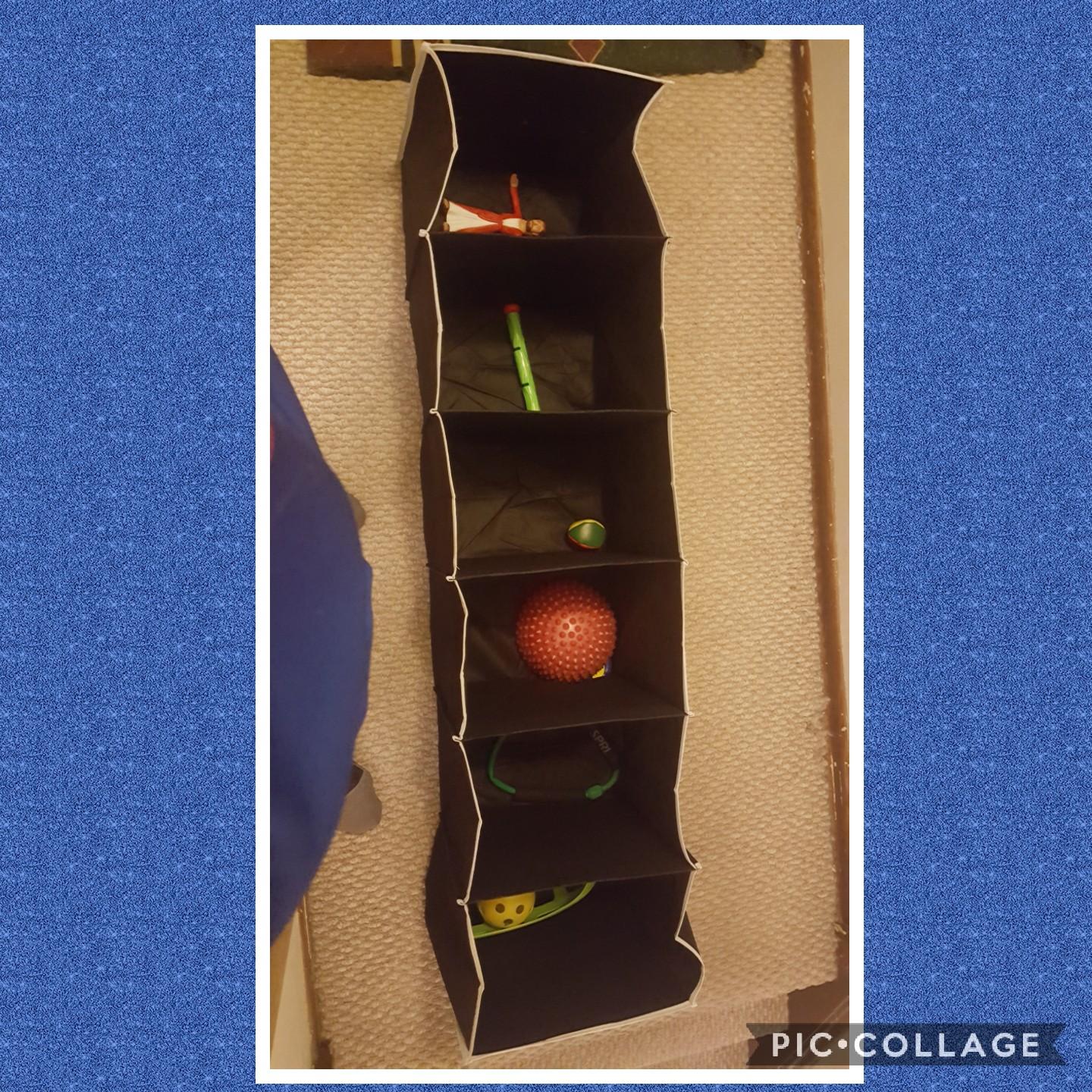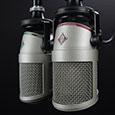Resistance Training for Special Populations: Supporting Evidence
There are many conditions and diseases in which resistance training is tolerable, and in many cases, beneficial. Clients may be categorized into one of the areas which we refer to as “special populations”. There may be any number of special concerns or protocols you might have for each area. However, resistance training, in general, even at higher intensities is safe and effective for most clients who may fall into the following special populations. If you find yourself serving people in these populations, you need not fear. Thoroughly educate yourself on the subject, but you can be confident knowing that there is evidence already in existence to support what you may design for these clients.


















